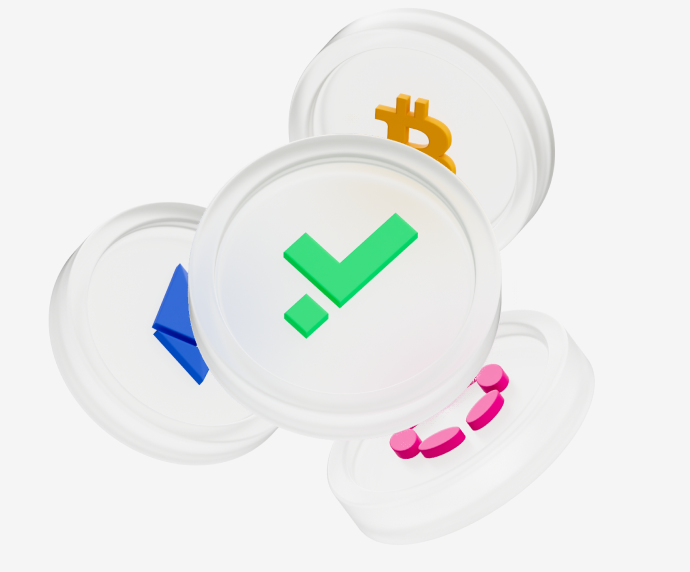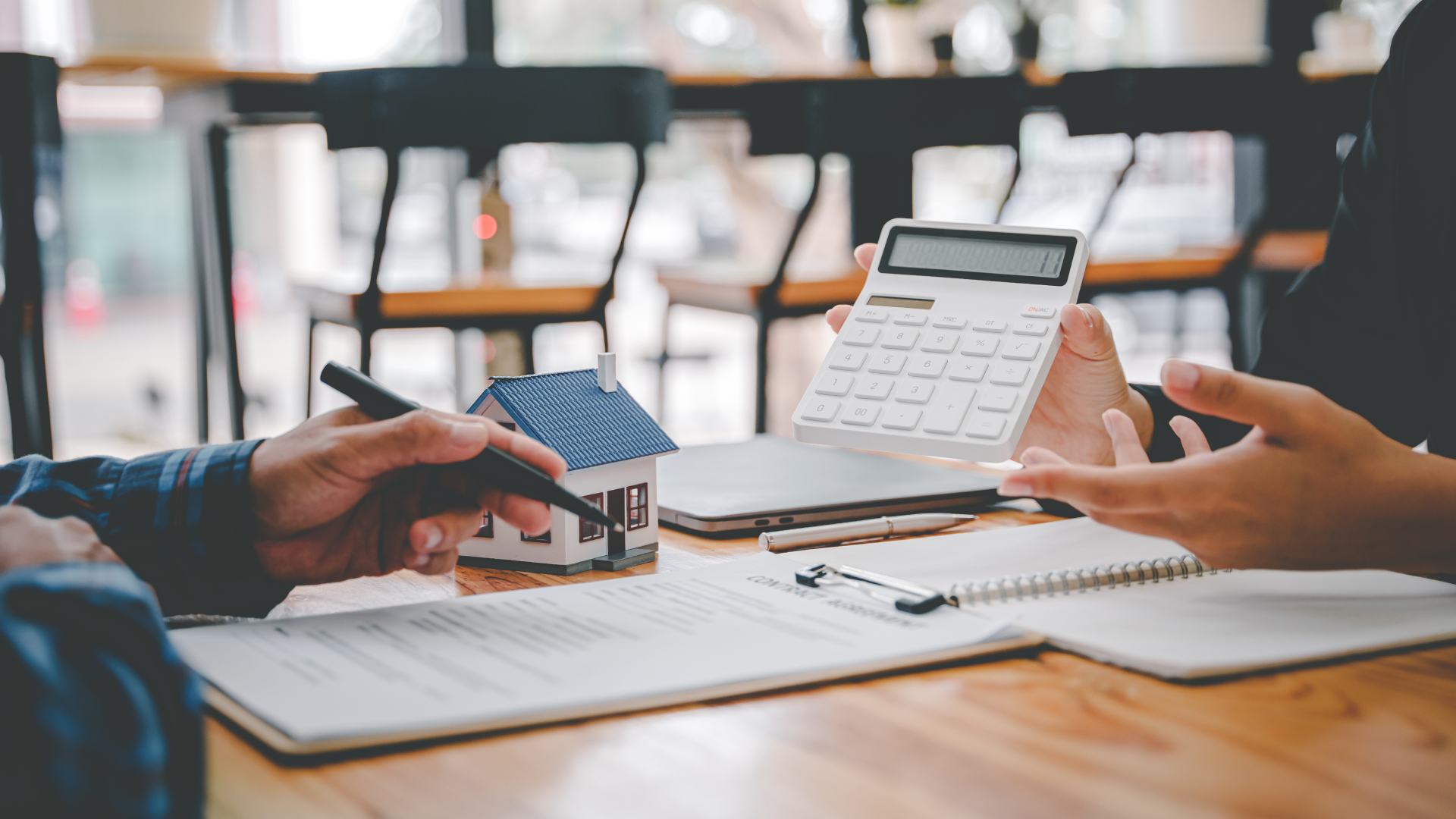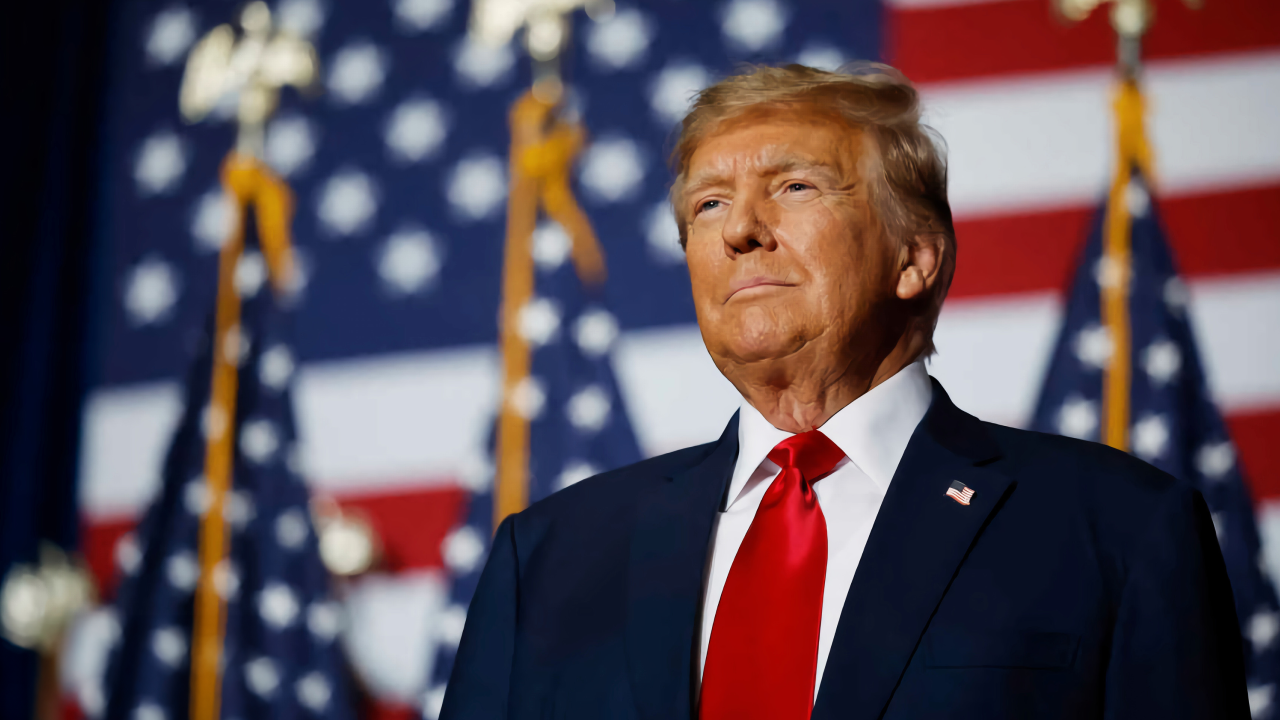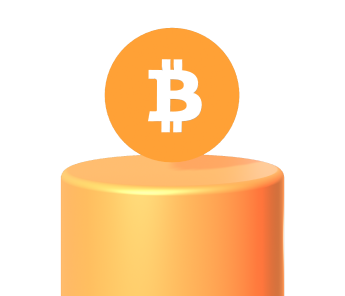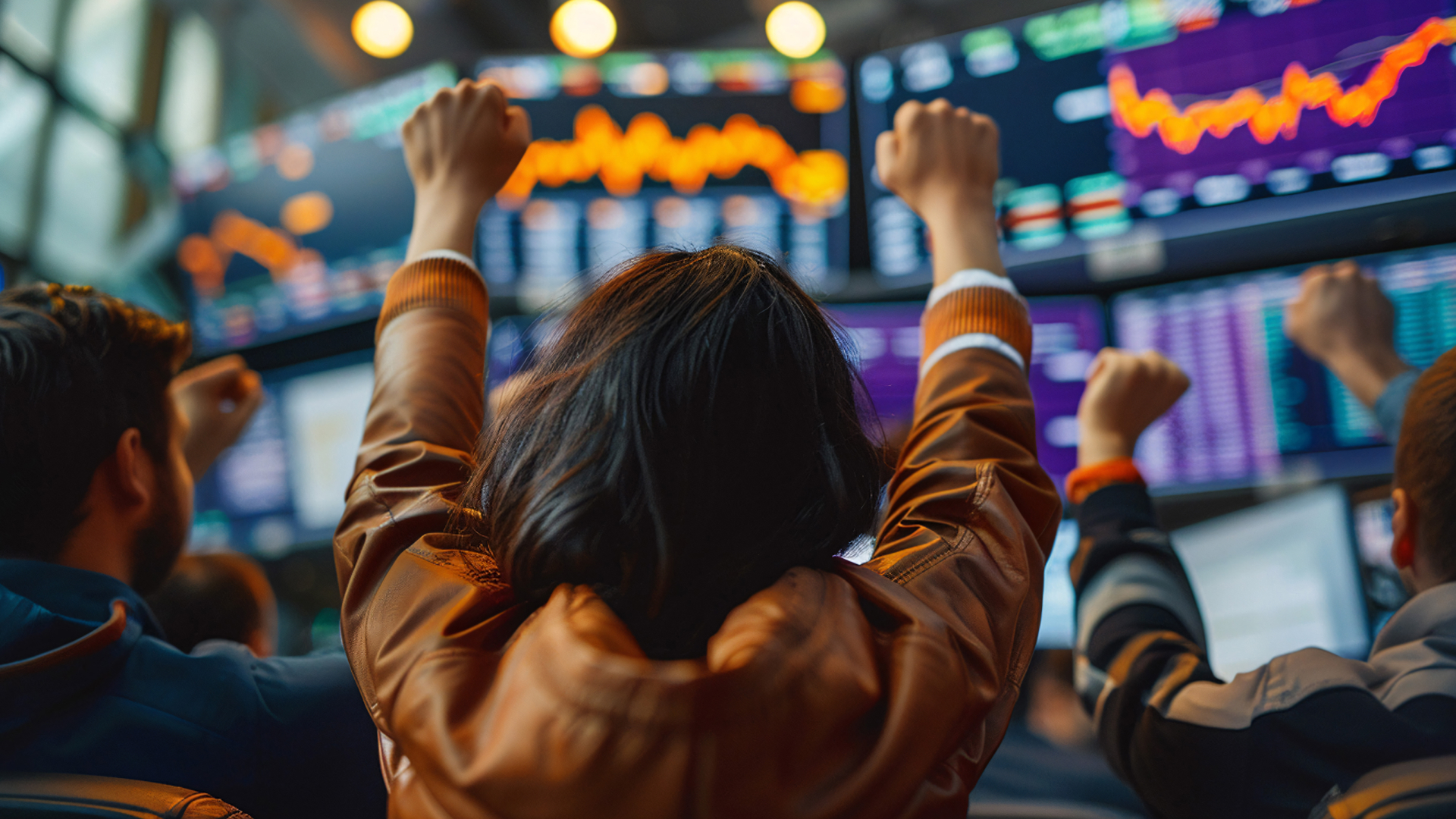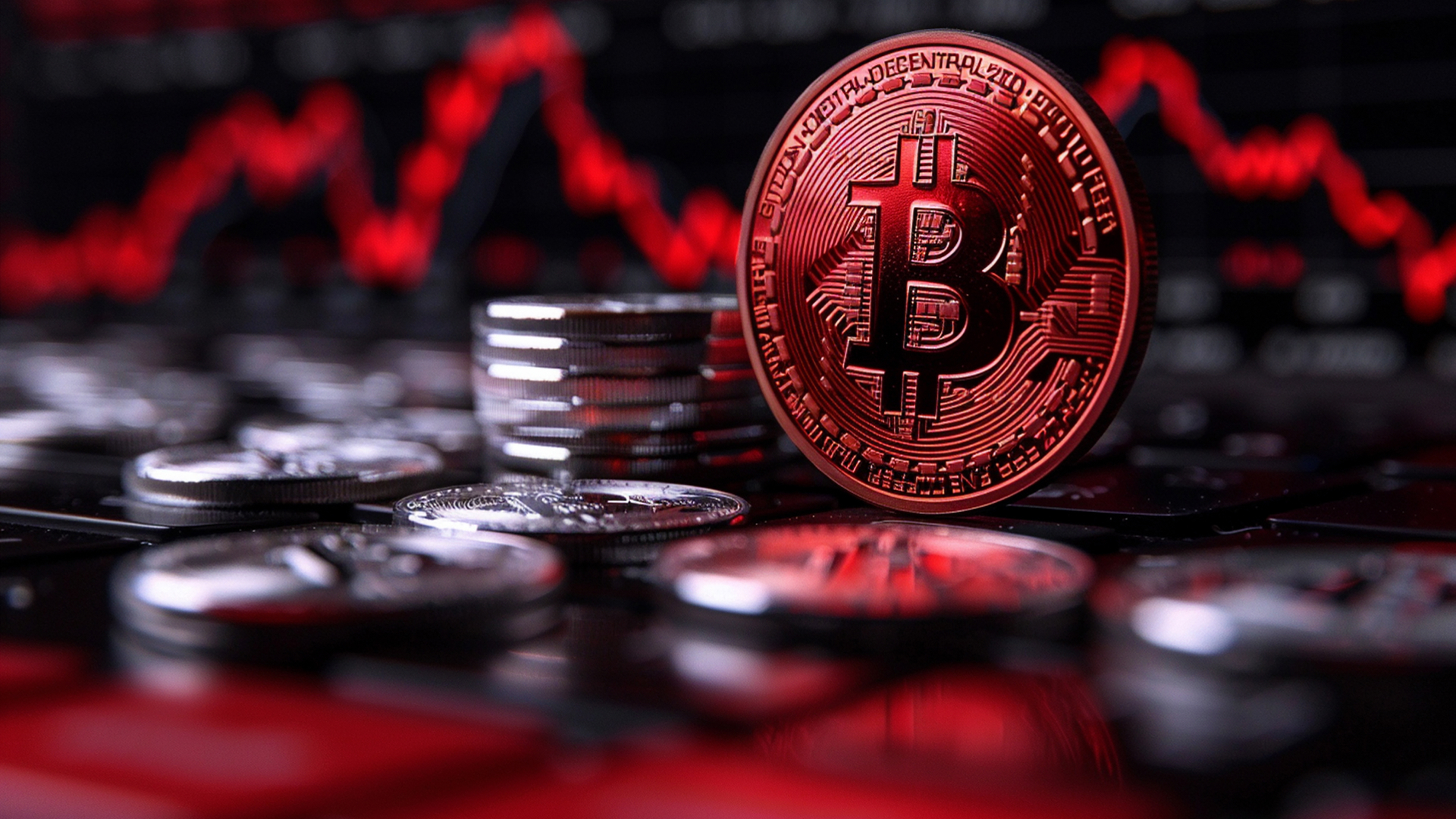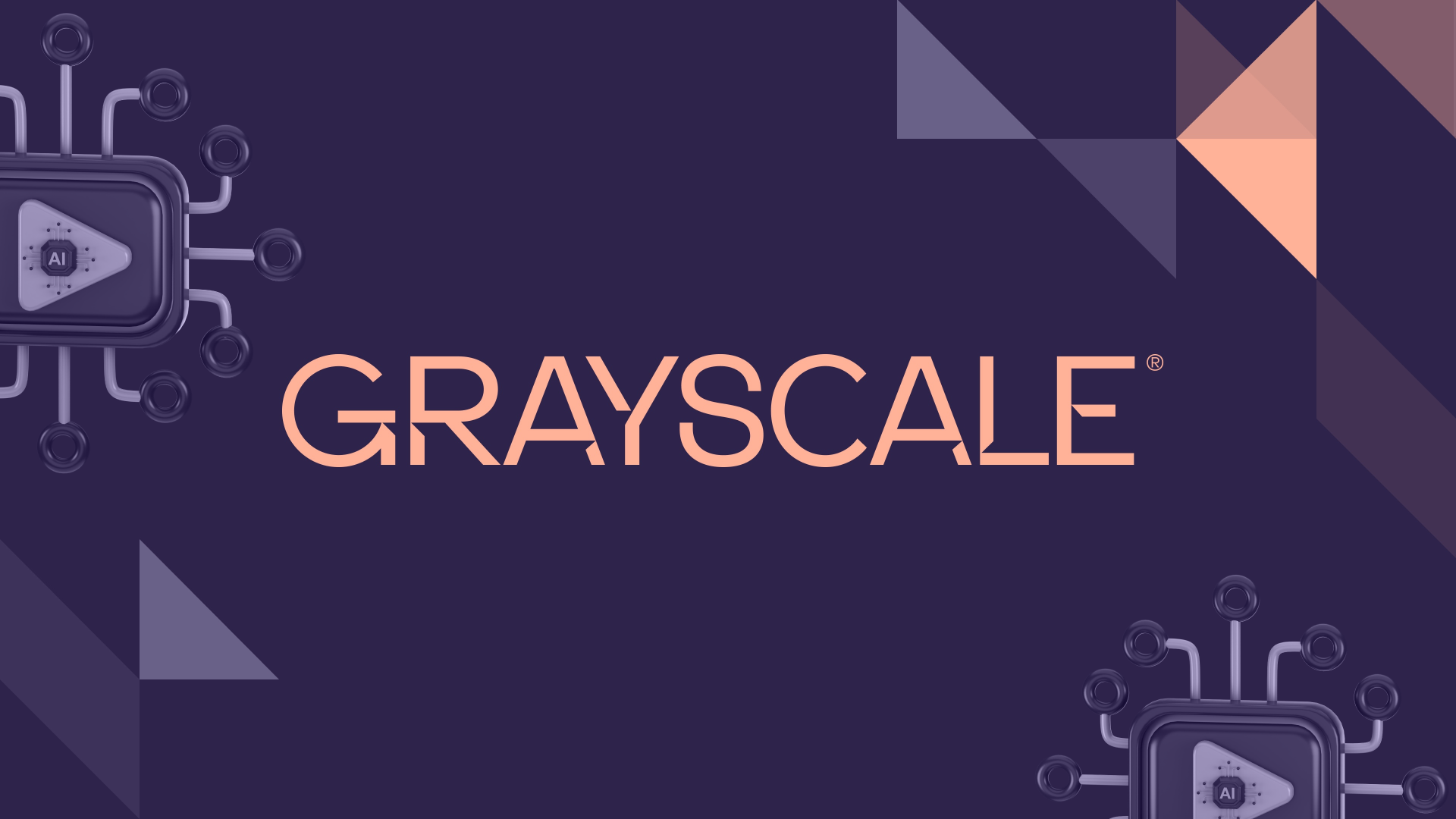Bitcoin Crash: -18% in 24 hours – Here’s Why
The cryptocurrency market has been shaken by a significant drop in valuations, with Bitcoin and Ether recording impressive losses. This article will explore the reasons behind this sudden decline, the implications for investors, and the market prospects.
Let’s start by taking a closer look at the Bitcoin crash.
The Bitcoin Crash
On Monday, August 5, 2024, Bitcoin’s value dropped by over 18%, reaching around $51,100, a level it hadn’t touched in several months. Even more drastic was Ether’s fall, which lost 23%, bringing its value to around $2,200. This collapse has wiped out Ether’s entire annual performance.
Download Young Platform and follow the price of BTC
Behind the Bitcoin Crash: Panic in Traditional Markets
The drop in cryptocurrencies coincided with the dramatic collapse of Asian markets. The Bank of Japan’s decision to raise interest rates to the highest level in 16 years shook the markets. Panic began to spread at the end of the previous week, during the weekend of August 3 and 4, and peaked on the night between August 4 and 5. One indicator of this fear was a significant drop in the Nikkei index, one of Japan’s leading stock indices.
The Nikkei 225 closed with a loss of 12.4%, the worst session since “Black Monday” in 1987. The Topix followed the same fate, dropping by 12.23%.
Carry Trade and the Japanese Yen
One reason for this concern is related to an investment strategy called carry trade, which investors use to exploit low interest rates in Japan. Here’s how it works:
- Borrow at low cost: investors borrow money in Japan, where interest rates are meagre (almost zero).
- Convert and invest elsewhere: investors convert the borrowed money (in Japanese yen, JPY) into another currency, such as the US dollar (USD).
- Buy stocks: with these dollars, they buy stocks of technology companies in the US stock market, like those in the Nasdaq 100 (an index that includes large tech companies).
Effects of the Carry Trade
When many investors engage in this:
- The yen depreciates: converting large amounts of yen into dollars causes the yen’s value to fall.
- The Nasdaq rises: purchasing many American stocks causes their value to increase.
Current Problem
The Bank of Japan recently raised interest rates, increasing the yen’s value. When the yen’s value rises, investors who borrowed yen must repay more in other currencies, making carry trade less convenient. In recent days, many investors have abruptly stopped engaging in carry trade.
Result
- Markets panic: By stopping the carry trade, investors sell the stocks they had bought (like those in the Nasdaq 100), causing their value to fall.
- Nikkei Index drops: The sale of stocks and general uncertainty cause significant market drops, as seen in the Japanese Nikkei.
In summary, the market panic was caused by the end of an investment strategy (carry trade) that no longer works well due to changes in interest rates in Japan. This led to massive stock sales and significant market declines, affecting American stocks. Let’s now look at the impact in figures.
Impacts on US Markets
The first to suffer from the “panic-sell” were tech companies. Here’s how their valuations plummeted:
- Apple: -6%
- Meta: -10%
- Microsoft: -12%
- Amazon: -17%
- Adobe: -18%
- Nvidia: -20%
- Broadcom: -23%
- Tesla: -25%
- Qualcomm: -30%
- AMD: -37%
The Nasdaq dropped 3.4% last week, marking the worst three weeks since September 2022. Currently, futures indicate a further decline of the Nasdaq by 5%, with the S&P 500 and the Dow Jones down by 2.6% and 1.12%, respectively. The CBOE volatility index, often called the market fear gauge, rose by 58.7%, reaching its highest level since 2020.
Why Tech Companies?
We can outline three reasons:
- Warren Buffett, the famous American investor, has sold half his stake in Apple for $76 billion, causing a significant shake-up in the sector.
- Intel, one of the largest semiconductor companies, has announced a major personnel reduction, with the layoff of 15,000 employees.
- Many prominent American companies reported disappointing quarterly results, below analysts’ expectations. This caused a significant crash in the tech sector’s stock market. After mass layoffs post-pandemic, tech companies became very popular again due to the excitement for artificial intelligence (AI).
Problems with Artificial Intelligence (AI)
However, AI has not proven as reliable as hoped:
- Profit doubts: experts and analysts from Goldman Sachs have raised doubts about AI’s ability to generate good profits compared to more traditional projects.
- High costs: the enormous investments required to develop AI must yield the expected returns.
Market Effects
These issues have led to:
- Stock sales: investors started selling tech company stocks.
- Stock decline: even companies that met their targets saw a decrease in their stock value.
- Disillusionment: there is growing disappointment among investors about AI’s promises.
The combination of disappointing financial results and concerns about AI’s profitability caused a wave of sales in the tech sector, increasing uncertainty in global financial markets.
In similar scenarios, fear has a chain reaction. It leads investors to get rid of higher-risk assets, like cryptocurrencies immediately. Let’s see the consequences of the last domino falling: the crypto market.
The Impact of the Crash In Figures
Total Cryptocurrency Market Capitalization (TCMC)
Since August 2, the cryptocurrency market capitalisation has collapsed by $510 billion in just three days. This collapse involved more investors than in the past, thanks to the approval of spot ETFs on Bitcoin and Ether, which attracted many institutional investors.
Market Crash and Leveraged Long Positions
The sudden crypto market crash wiped out over $600 million in leveraged long positions. According to TradingView data, on August 5, the BTC price dropped to around $49,000 before recovering to $52,900. ETH also experienced a significant drop, falling from $2,695 to $2,118 over the same period.
Impact on Ether Traders
In recent months, there has been a significant increase in open interest in Ether, with traders flocking to gain exposure to the asset ahead of the approval of Ether spot ETFs in the US. However, the sharp drop in cryptocurrencies hit hard, and traders seeking leveraged exposure to Ether, with over $256 million in long positions, liquidated.
Download Young Platform and follow the price of ETH
Expert Opinions
Josh Gilbert, a market analyst at eToro, stated that cryptocurrencies are often an indicator of investor sentiment. When investors panic or seek to reduce leverage, cryptocurrencies are often the first asset to suffer the consequences. However, Gilbert shared an optimistic outlook for cryptocurrencies in the coming months, suggesting that investors might see this situation as an opportunity.
The Economic Scenario
To comprehend this swift decline in the Bitcoin crash, it is crucial to broaden the perspective and examine the underlying beliefs rather than solely the reasons for the downfall. Let’s analyse the conducive environment that transformed uncertainty into widespread panic.
Are the United States Entering a Recession?
Recent economic indicators in the US and many analysts suggest the economy will enter a recession early next year. Recession fears negatively impact the markets, and market participants speculate on potential actions by the Federal Reserve.
Unemployment Data Is Not Positive
The monthly report from the US Department of Labor showed a growth of 114,000 jobs in July, well below the forecast of 185,000. The unemployment rate rose from 4.1% to 4.3%, the highest since October 2021. These harmful economic data create a growing sense of alert about a weakening job market and the economy’s susceptibility to recession.
Fed Interest Rates
For a year, the US Federal Reserve has kept the benchmark borrowing costs at a 23-year peak of 5.25%-5.50%. Some analysts fear that this prolonged restrictive monetary policy could push the economy towards a recession. The Sahm Rule recession indicator, which exceeded the 0.50 threshold, has historically signalled the early stages of a recession in the US economy.
While significant data are expected before the September 18 meeting, an acceleration in employment trends in August could strengthen the case for a 50-basis-point cut. However, currently, consensus leans towards a 25-basis-point reduction.
Expert Opinions
Simon White, a Bloomberg rate strategist, notes that the market might be prematurely anticipating a recession that is unlikely to occur before next year at the earliest. He adds that while the Sahm Rule triggers heightened recession concerns, it is often delayed and does not capture many stock downturns, making it neither a necessary nor sufficient condition for a recession.
Brian Jacobsen, chief economist at Annex Wealth Management, expressed concerns, stating that the Fed is on the verge of turning a victory into a loss. According to him, the economic momentum has slowed to the point that a rate cut in September might be insufficient and that a more substantial reduction than the typical quarter-point cut might be necessary to prevent a recession.
Trump’s Support for Bitcoin
Considering Donald Trump’s clear stance on Bitcoin, the upcoming US presidential elections could significantly impact the cryptocurrency market. During the recent Bitcoin Conference in Nashville, Trump compared Bitcoin to the steel industry a hundred years ago, arguing that blockchain has the potential to shape the future of the global economy.
Download Young Platform and follow the price of BTC
Democrats Gaining Ground
However, current polls show a recovery for Kamala Harris nationally and in three key electoral college states: Michigan, Wisconsin, and Pennsylvania. Although the margins are skinny and fall within the statistical error, especially in Pennsylvania, some models give the Vice President slightly better odds than Trump for the final victory. Just a few days ago, this scenario seemed highly unlikely.
From Certainty to Prospect
As a result, the situation that had helped push Bitcoin’s value so high has changed. Trump’s re-election now appears much less inevitable than two weeks ago, making a possible shift in cryptocurrency use in the United States only a prospect. This uncertainty adds to financial and international market concerns, with the Middle East teetering due to rising tensions between Israel and Iran. Unfavourable polls for Trump created the perfect scenario for a Bitcoin crash.
Future Prospects
The recent cryptocurrency market crash, especially the Bitcoin crash, has highlighted their vulnerability to macroeconomic events and political decisions. However, it is essential to remember that fundamental factors, such as the approval of ETFs and Bitcoin’s halving, have yet to show their full long-term impact. These events could potentially lead to a recovery and significant growth in the future.
Despite risk signals, it is essential to note that analysts have rarely successfully predicted a recession with accuracy. Economic forecasts are inherently uncertain and often subject to sudden changes. Moreover, during bull markets, the cryptocurrency market tends to decouple from the stock market, potentially offering different opportunities to investors.
In conclusion, while the cryptocurrency market is experiencing a difficult phase, its long-term prospects remain interesting. Investors need to maintain a long-term view and consider the risks and opportunities this dynamic market offers.
To follow these and other real-time news and check crypto market prices, sign up for Young Platform.

Signup on Young Platform
